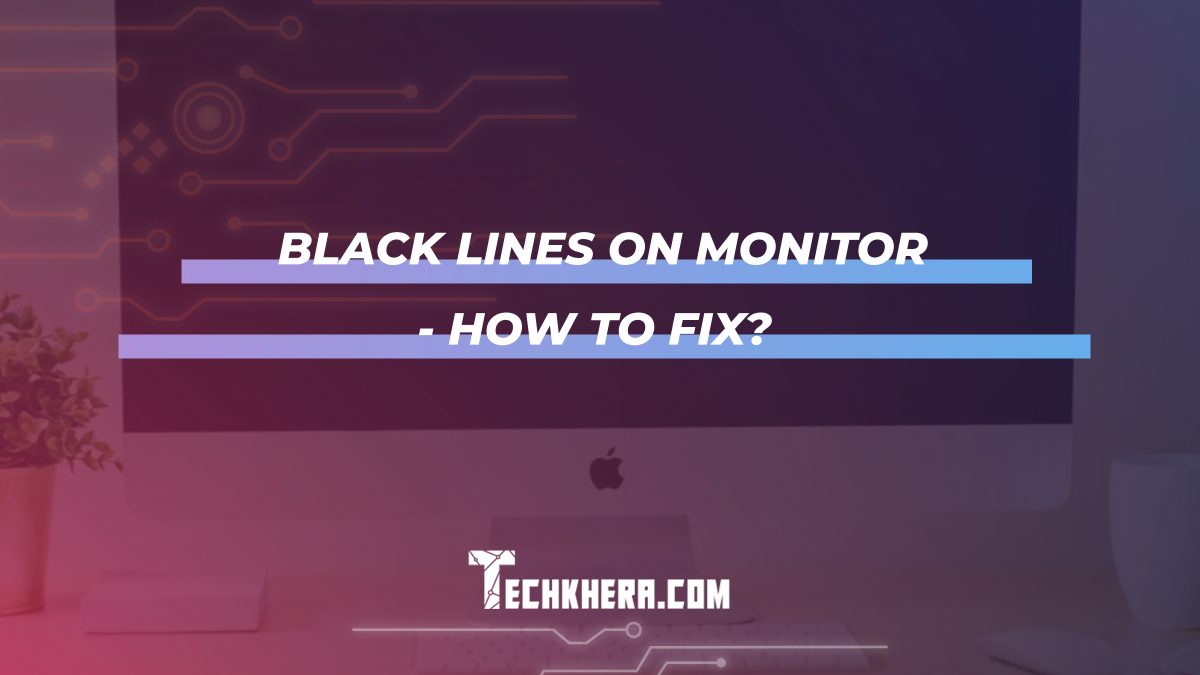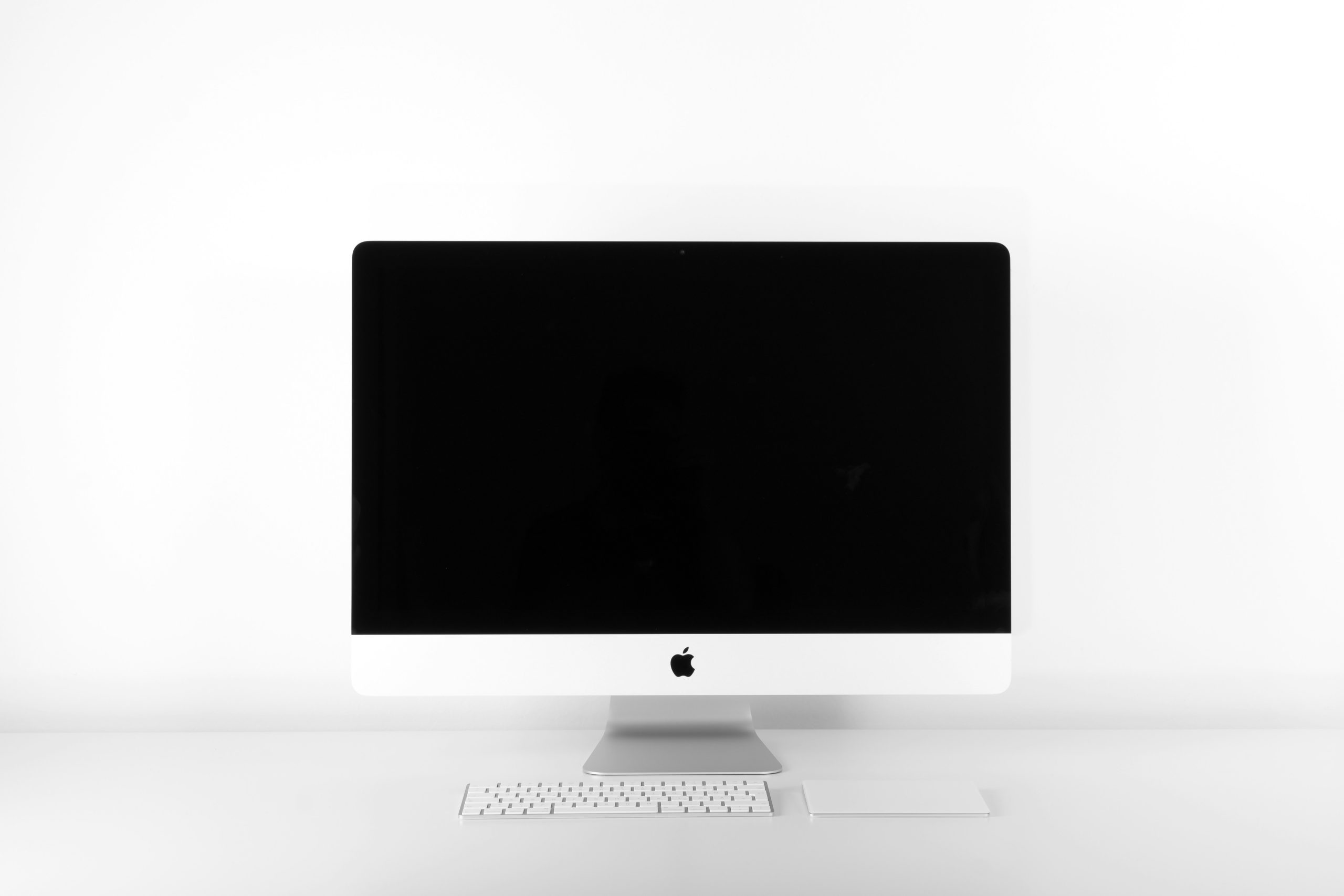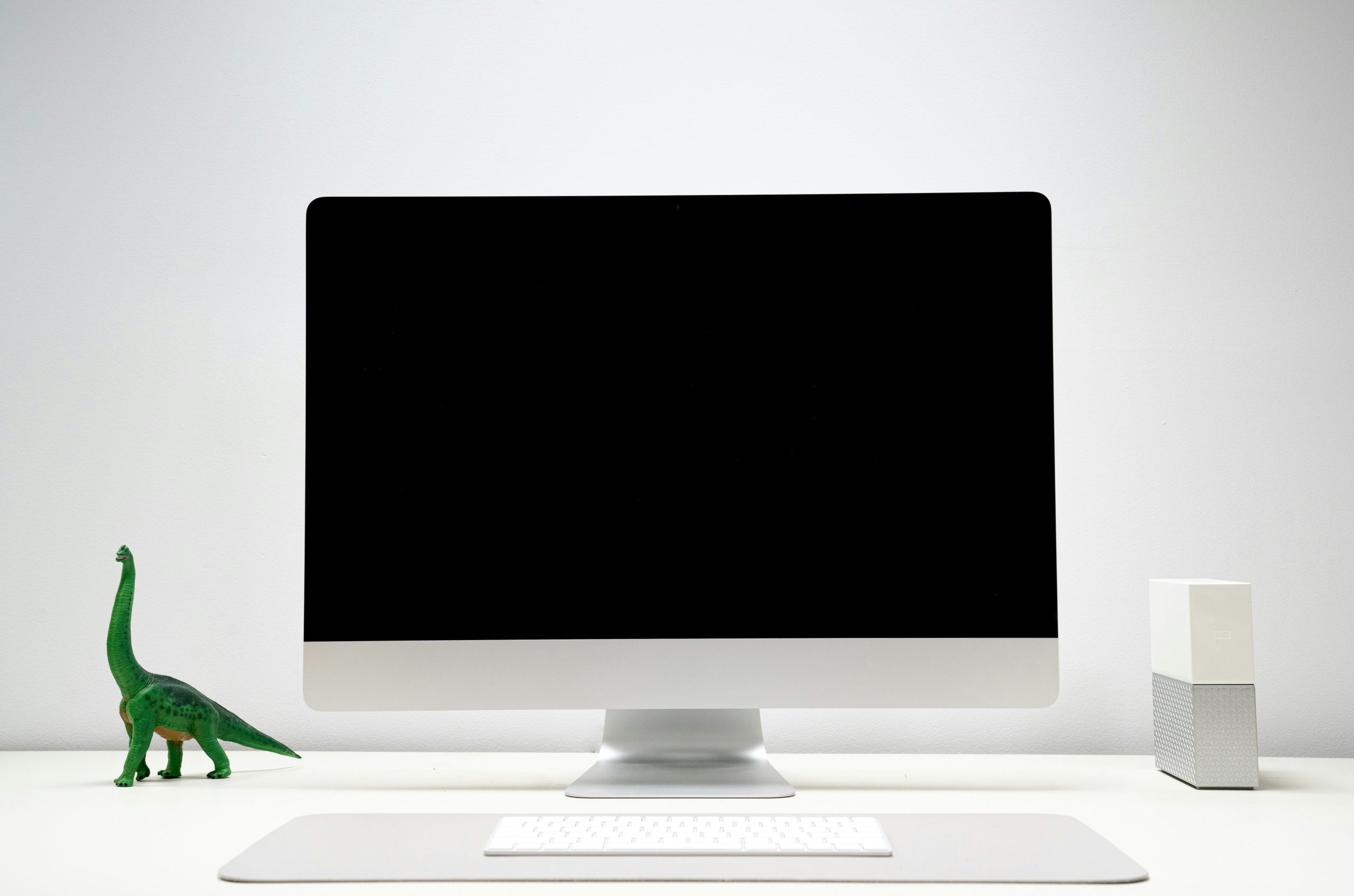
Black Lines On Monitor – How To Fix?
Encountering black lines on your monitor can be frustrating and alarming. These lines can disrupt your workflow and reduce the overall visual experience. Whether they’re vertical or horizontal, black lines often indicate underlying hardware or software issues. This article provides a comprehensive guide to diagnosing and fixing black lines on your monitor.

Contents
Common Causes of Black Lines on Monitors
1. Loose or Damaged Cables: A loose or damaged video cable can result in black lines appearing on the screen. The cable might not be transmitting the video signal correctly, leading to display issues.
2. Faulty Graphics Card: A malfunctioning graphics card can cause various display problems, including black lines. Overheating, dust buildup, or outdated drivers can impact the card’s performance.
3. Monitor Issues: The monitor itself might be faulty. This can be due to internal damage, aging components, or manufacturing defects.
4. Driver Problems: Outdated or corrupt drivers can cause display issues. Ensuring that your drivers are up-to-date is crucial for optimal performance.
5. Software Conflicts: Certain software applications or settings can interfere with the display, leading to black lines.
Step-by-Step Guide to Fixing Black Lines on Your Monitor
1. Check and Reconnect Cables
Steps:
– Turn Off Your Monitor and Computer: Before handling any cables, ensure both the monitor and computer are powered off to avoid any damage or electric shock.
– Inspect the Cables: Check the video cables (HDMI, DisplayPort, VGA, etc.) for any visible damage or wear.
– Reconnect Securely: Disconnect the cables and reconnect them securely to both the monitor and the computer.
– Test with Different Cables: If possible, use a different cable to see if the issue persists.
2. Update or Reinstall Graphics Drivers
Steps:
– Access Device Manager: Right-click on the Start button and select ‘Device Manager’.
– Locate Display Adapters: Expand the ‘Display Adapters’ section to see your graphics card.
– Update Drivers: Right-click on your graphics card and select ‘Update driver’. Follow the prompts to search for and install updated drivers.
– Reinstall Drivers: If updating doesn’t work, try uninstalling the driver and then reinstalling it from the manufacturer’s website.
3. Test with a Different Monitor or Device
Steps:
– Connect to a Different Monitor: If you have another monitor, connect your computer to it. This helps determine if the issue is with your monitor or the computer.
– Use a Different Device: Connect a different device (like a laptop) to your monitor to see if the lines appear. This helps identify whether the problem is with the monitor itself.
4. Adjust Display Settings
Steps:
– Resolution and Refresh Rate: Right-click on the desktop and select ‘Display settings’. Ensure the resolution and refresh rate are set correctly for your monitor.
– Scaling and Layout: Adjust the scaling and layout settings to see if they affect the black lines.
5. Clean the Monitor and Ventilation Areas
Steps:
– Turn Off and Unplug: Ensure the monitor is turned off and unplugged before cleaning.
– Use a Soft Cloth: Clean the screen with a soft, lint-free cloth to remove any dust or debris.
– Clean Vents: Ensure that the monitor’s vents are clear of dust to prevent overheating, which can sometimes cause display issues.
6. Run a Monitor Self-Test
Many monitors come with a built-in self-test feature. Refer to your monitor’s manual for instructions on running a self-test. This test can help determine if the issue is with the monitor itself.

Advanced Troubleshooting
If the above steps do not resolve the issue, more advanced troubleshooting might be required.
1. Check for Overheating
Steps:
– Monitor Temperature: Use software to monitor the temperature of your GPU and CPU.
– Improve Cooling: Ensure that your computer’s cooling system is working correctly. Clean any dust from fans and consider additional cooling solutions if necessary.
2. Hardware Inspection and Repair
If you’re comfortable opening your computer, inspect the graphics card and other components for any signs of damage or poor connections. However, if you’re not experienced with hardware, it’s best to seek professional help.
3. Professional Assistance
If all else fails, consider taking your monitor or computer to a professional technician. They can diagnose and fix hardware issues that might not be apparent.
Black lines on a monitor can stem from a variety of causes, ranging from simple cable issues to more complex hardware malfunctions. By following the troubleshooting steps outlined above, you can identify and resolve many of these issues. Remember to always handle electronic components carefully and seek professional help if necessary. Maintaining your hardware and keeping your drivers updated can prevent many display problems, ensuring a smooth and visually pleasing experience.
